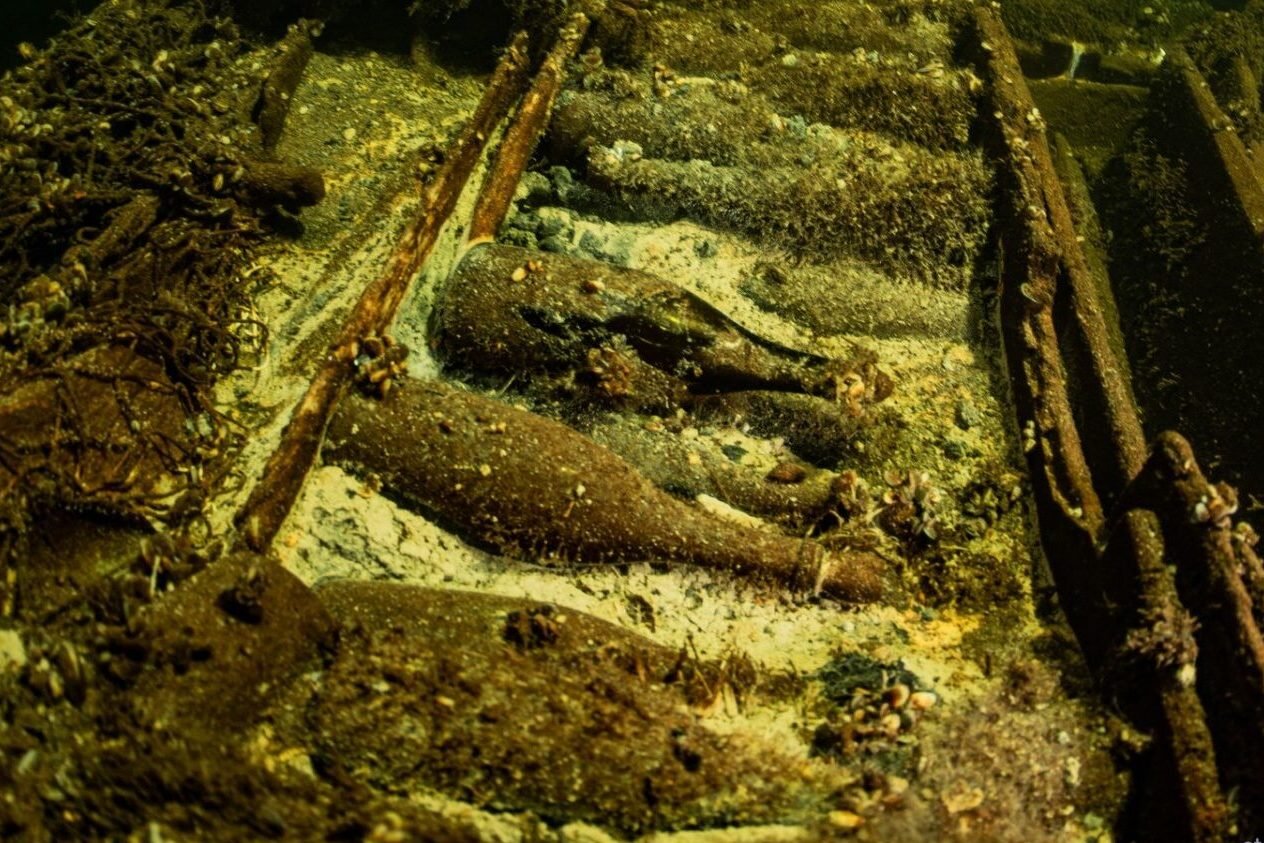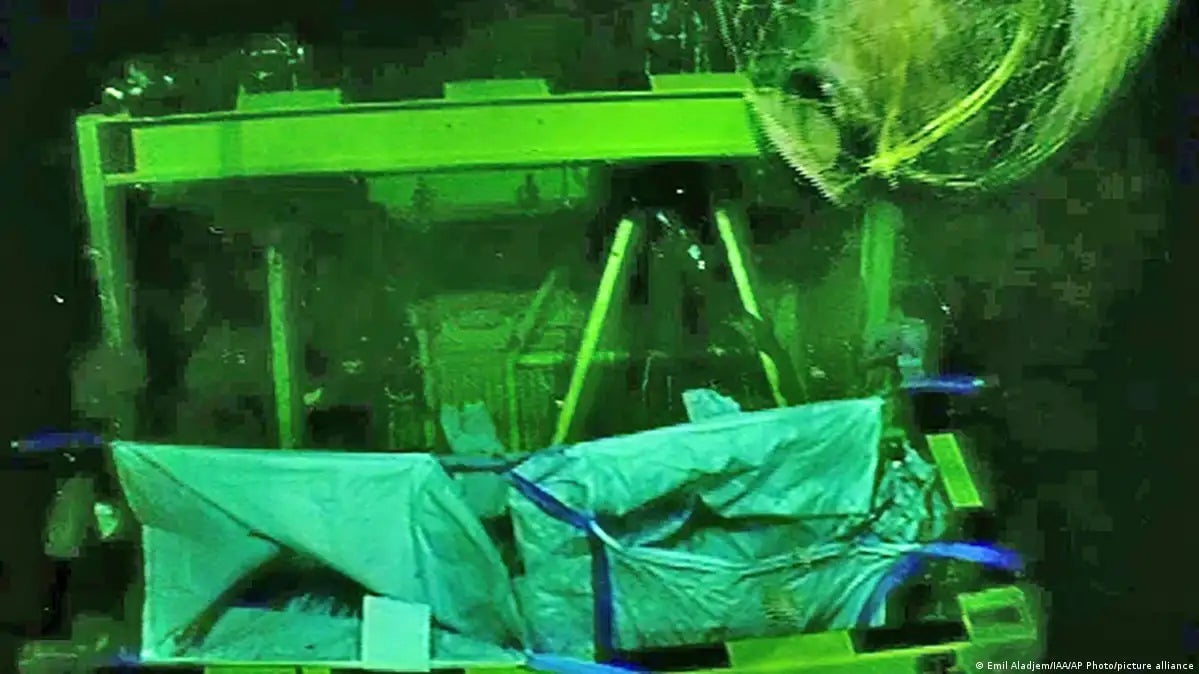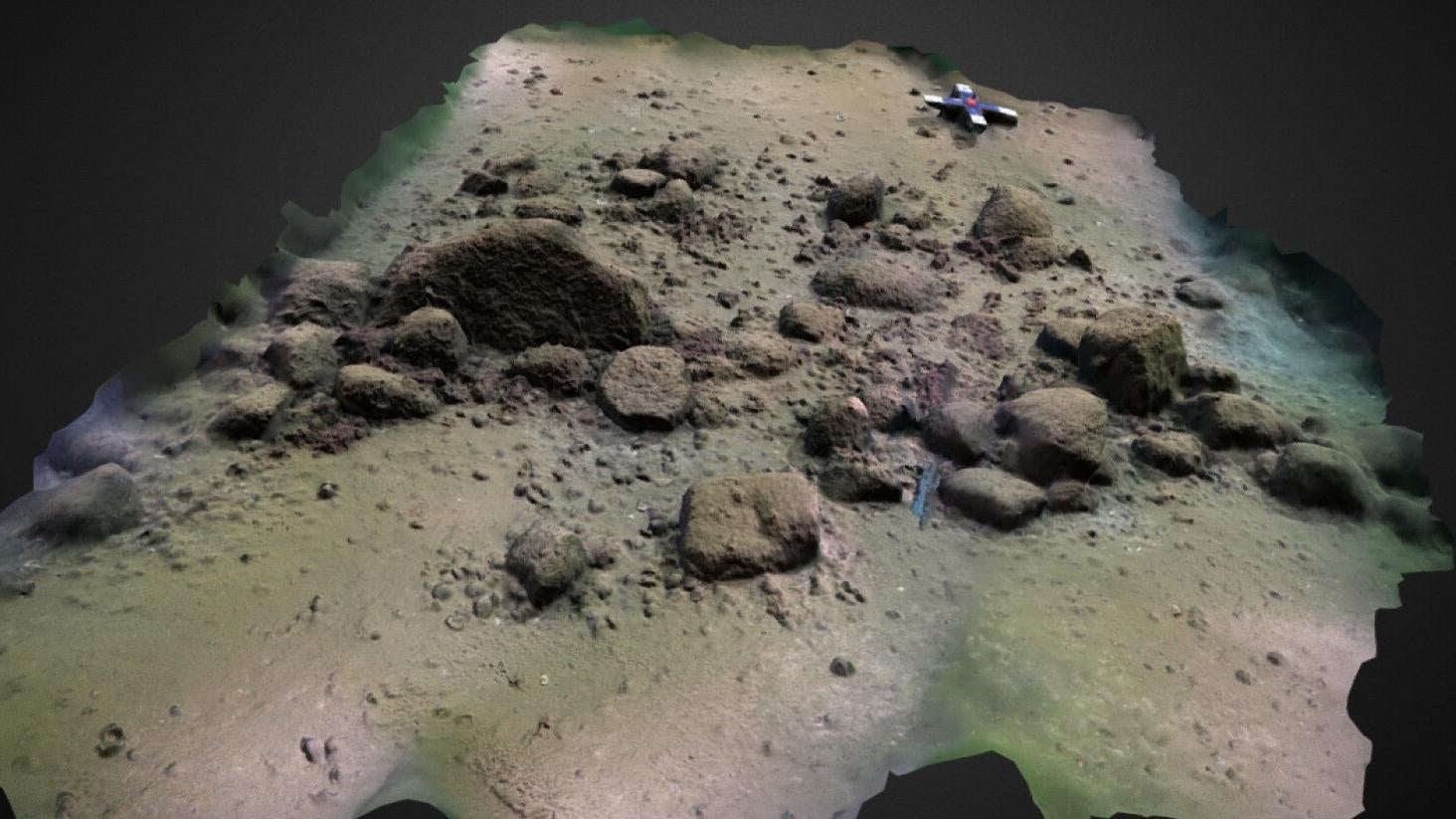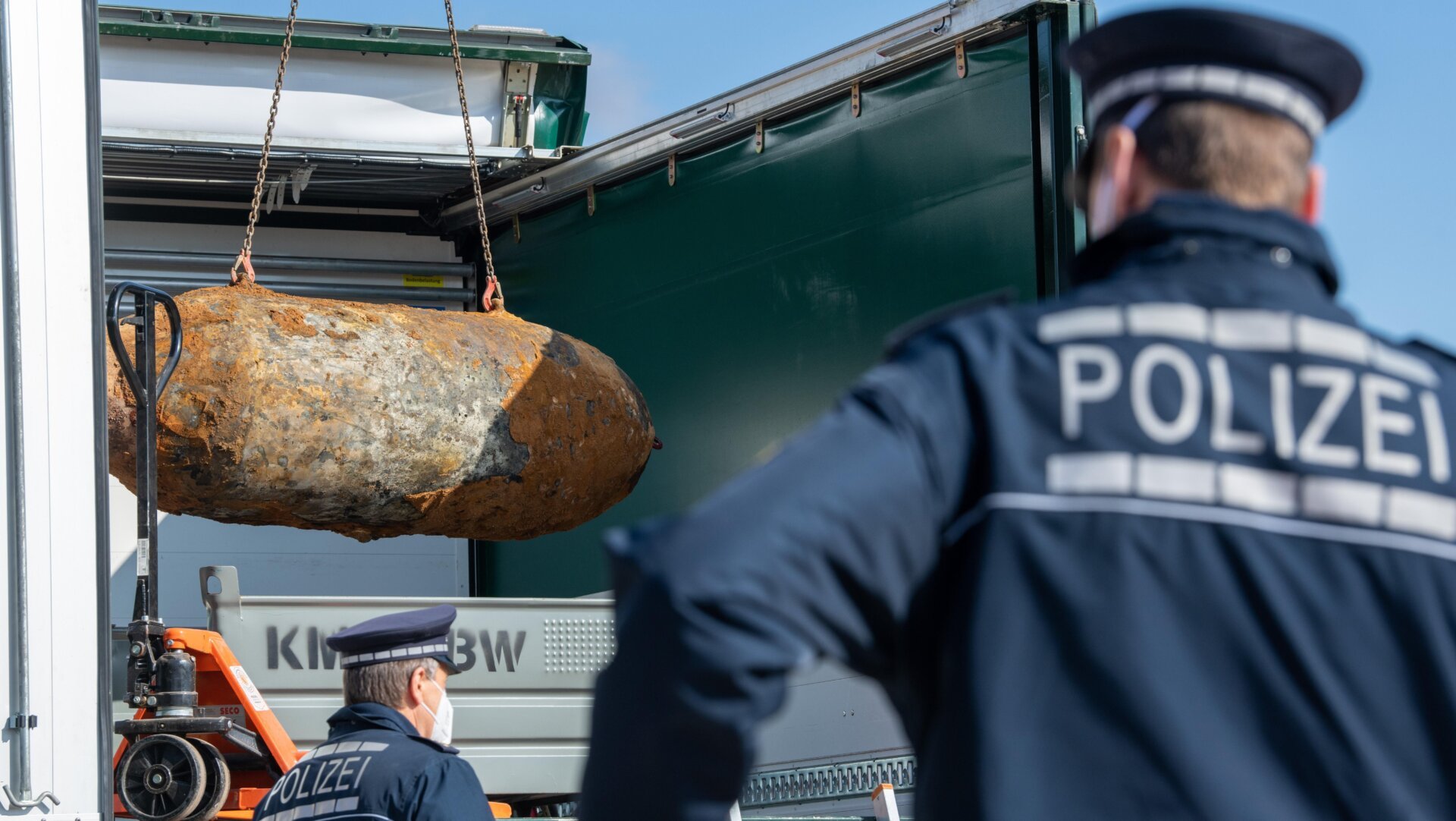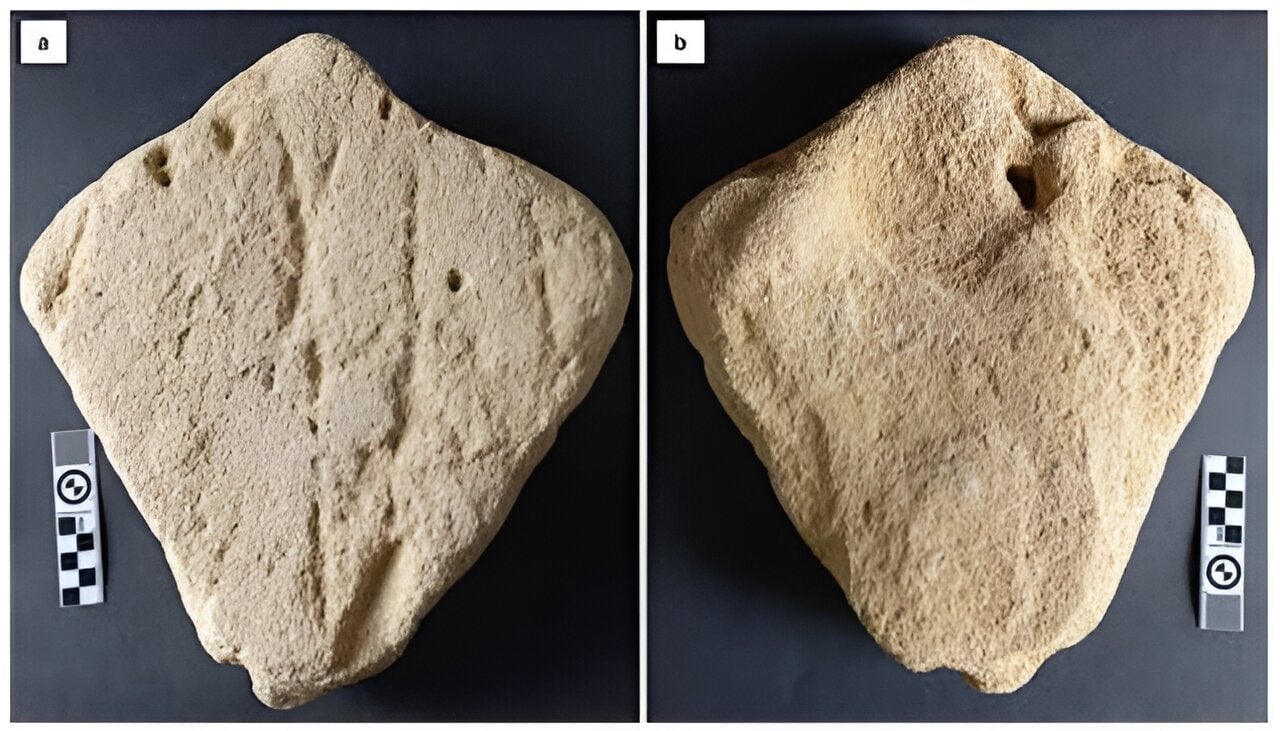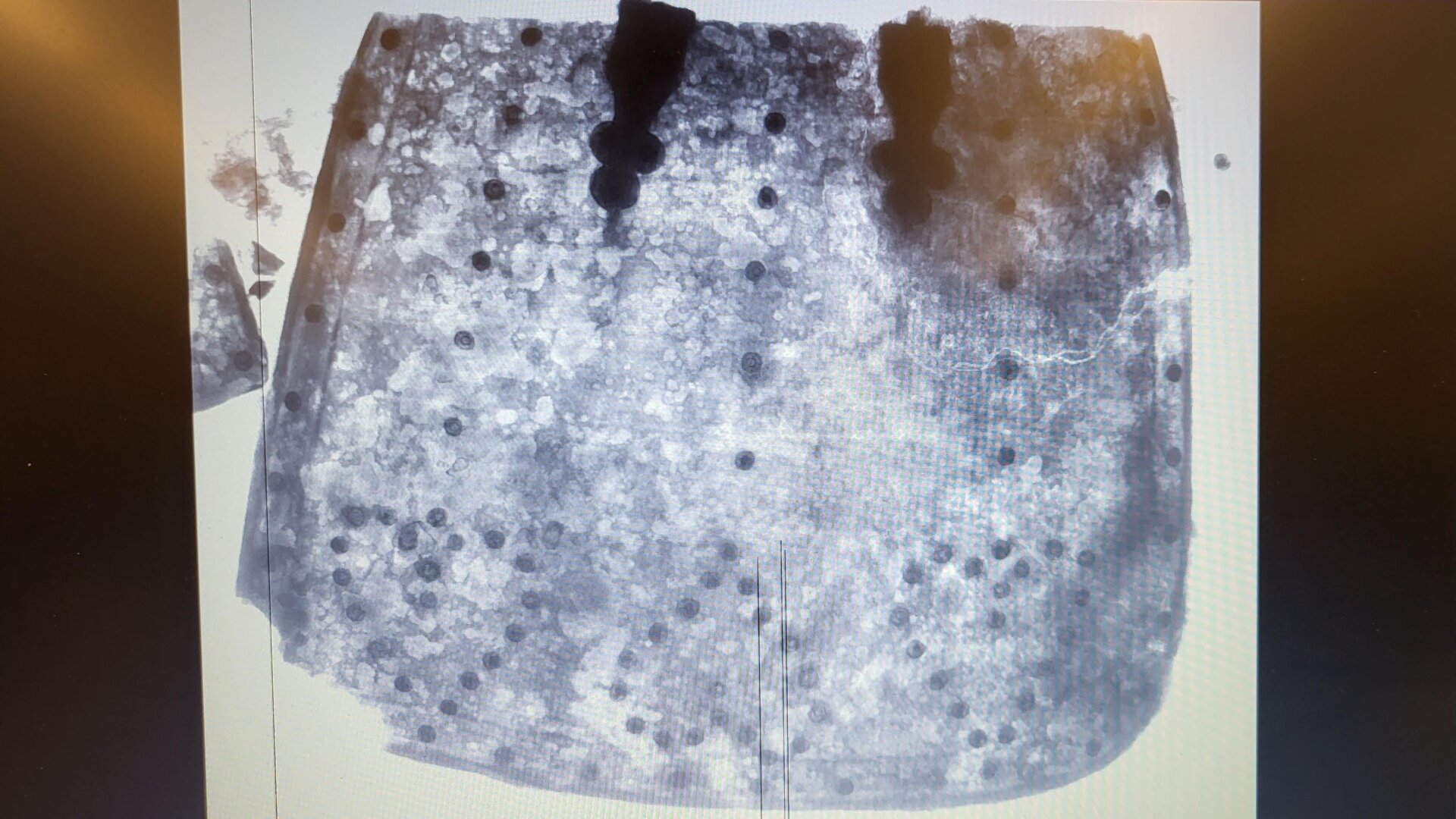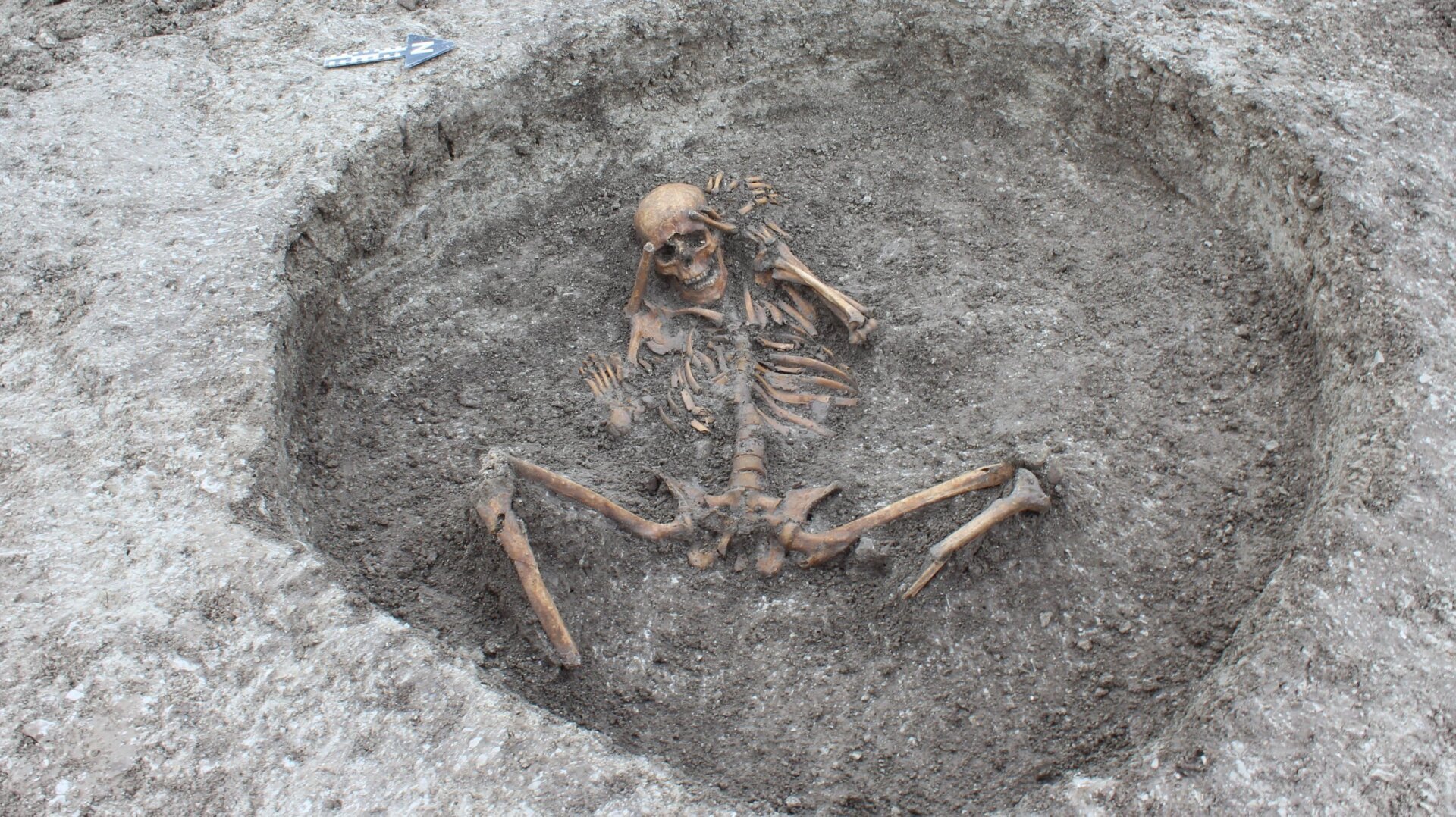The Baltic Sea has once again revealed a hidden treasure. A team of marine archaeologists from Baltictech, a diving company, stumbled upon a remarkable 19th-century shipwreck containing over 100 bottles of champagne and mineral water, many still unopened. The wreck lies several dozen miles south of Sweden.
Dive team leader Tomasz Stachura told CNN that the discovery was entirely serendipitous. “We were just checking out new spots, which I had been collecting for years, out of pure curiosity,” Stachura explained. “We did not expect it to be anything significant and even hesitated for a moment whether to dive at all.”
A Treasure Trove of Preserved Beverages
The well-preserved clay bottles of mineral water rest in baskets, readily accessible to the divers. During the 19th century, mineral water was a highly valued commodity, often transported under police escort. The mineral water found in the wreck carries the Selters brand, originating from a German town of the same name, renowned for its 800-year history of bottling mineral water. Excitingly, many of the champagne and water bottles remain sealed, offering a unique glimpse into the past.
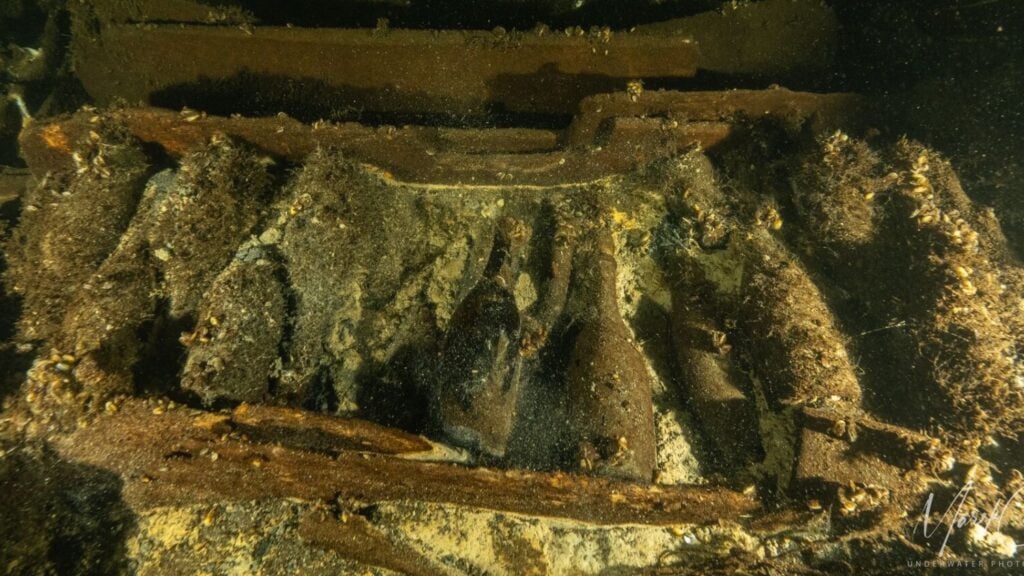 Bottles on bottles.Preserved bottles of champagne and mineral water discovered within the 19th-century shipwreck.
Bottles on bottles.Preserved bottles of champagne and mineral water discovered within the 19th-century shipwreck.
Dating the Wreck and Past Discoveries
A stamp on the bottles allowed the team to pinpoint the transport’s timeframe to between 1850 and 1867, accurately dating the shipwreck. This isn’t Stachura’s first encounter with Baltic Sea shipwrecks. In 2020, he participated in the exploration of the Nazi-era steamship Karlsruhe, the first time the wreck had been seen in 75 years. Subsequent investigations of Karlsruhe in 2021 uncovered china, vehicles, and wartime cargo. Interestingly, two wrecks named Karlsruhe were identified in 2021: the steamer explored by Baltictech and a Nazi warship sunk off Norway’s coast in 1940.
Future Exploration Plans
The team plans to return to the newly discovered 19th-century wreck next year, better equipped to conduct a thorough investigation. This exciting discovery promises to reveal more about the ship, its cargo, and the era it represents.
The discovery underscores the historical richness of the Baltic Sea and the potential for further remarkable finds.



